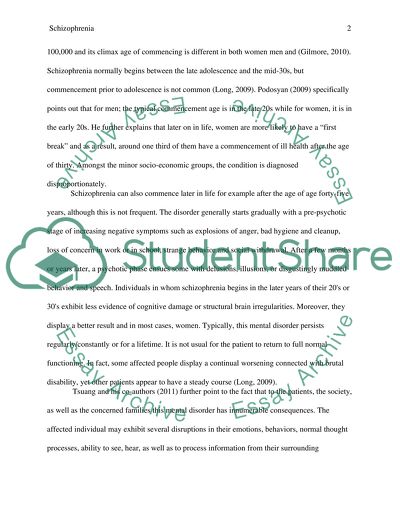Cite this document
(“Schizophrenia Research Paper Example | Topics and Well Written Essays - 5000 words”, n.d.)
Retrieved from https://studentshare.org/health-sciences-medicine/1396694-schizophrenia
Retrieved from https://studentshare.org/health-sciences-medicine/1396694-schizophrenia
(Schizophrenia Research Paper Example | Topics and Well Written Essays - 5000 Words)
https://studentshare.org/health-sciences-medicine/1396694-schizophrenia.
https://studentshare.org/health-sciences-medicine/1396694-schizophrenia.
“Schizophrenia Research Paper Example | Topics and Well Written Essays - 5000 Words”, n.d. https://studentshare.org/health-sciences-medicine/1396694-schizophrenia.


